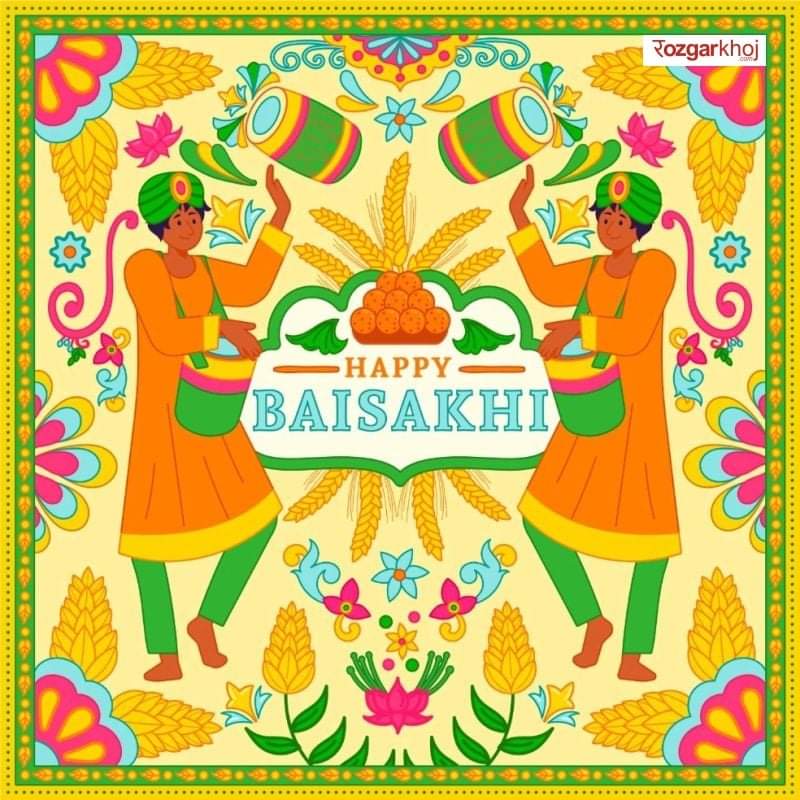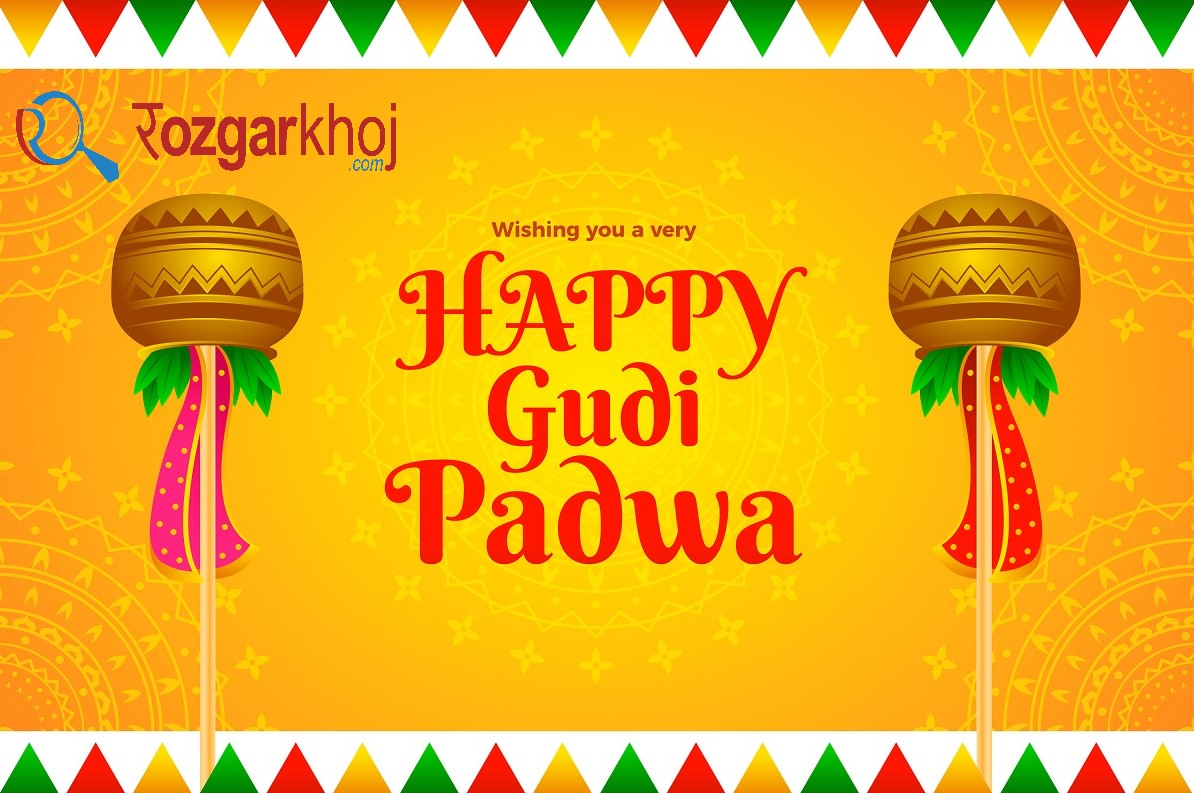Gudi Padwa is the Hindu New Year in Marathi culture as per traditional lunar calendar followed in Maharashtra. Gudi Padwa 2022 date is April 2. It is observed mainly in Maharashtra, Goa and parts of Karnataka. As per traditional Marathi calendar, this New Year is the Shubhakrutha Nama Samvatsara and the Shri Shalivahan Shaka 1944 begins on the day. The first month in the Marathi calendar is Chaitra and Gudi Padwa is observed on Chaitra 1 or the first day of Chaitra. The most important event on the day is the hoisting of the Gudhi (victory flags) in front of the homes.
Gudi Padwa is a festival that augments the new year and is usually celebrated on the first day of the Indian month of Chaita according to the lunar calendar. Most of the Indian festivals have a very special and intriguing history and it is interesting to see the manner in which they are celebrated. This Maharashtrian festival is no exception and provides you with many tales related to it. Also called Ugadi in the Indian state of Karnataka, this is a festival, which is filled with a certain charm, and vibrance that is visually delightful.
Let us see some of the interesting stories that show the customs and traditions of Gudi Padwa. This is a celebration of the victory march of Shivaji Maharaja, the veteran Maratha leader. The festival is celebrated in honour of this great king who had a kingdom that spread across the entire western part of India. This is the reason people worship the gudi which is a cloth which flies like a flag, that is usually a sign of victory in an army.
Gudi Padwa is also considered the harvest festival, which shows that the rabi crop has ended for the season. This is the time when mangoes and other fruits are reaped. Gudi Padwa is the time when you find delicious ripe mangoes in the market.
Again, there is another reason why this festival is celebrated. It is believed that this is the day when the universe was created. It is believed by all Hindus that this is the day Lord Brahma created the world. It is thus dedicated to the innumerable Gods we have in the country. Legend has it that Lord Vishnu took the Matsya incarnation or the form of the fish on this day. This was an incarnation to save the entire earth from destruction or pralaya.
Today with the augment of cheer and joy, Gudi Padwa is a celebration that is much awaited and this is a time when people pray for the well being of everyone. It is believed that good wins over evil and it is an auspicious day for all.
Let us all pray for a better world free of all sufferings, disorder, and anomalies in the society this Gudi Padwa.
Shubhakrutha Nama Samvatsara begins from April 2.
Shalivahana Saka year – 1944 begins on April 4.
Why is Gudi Padwa Observed?
There numerous reasons for observing Gudi Padwa – the most important legends are the defeat of Shakas by Shalivahan and some people observe it to commemorate the victories of Chatrapati Shivaji Maharaj.
As per Brahma Purana, Lord Brahma created the universe in the morning of the first day of Chaitra month.
Some say it is hoisted to the celebrate Lord Ram’s return to Ayodhya after killing Ravana.
Gudi Padwa Puja:
In order to protect one’s family from difficulties and calamities, the head of the family performs puja on the Gudi Padwa day. It is dedicated to Lord Ganesha, Lakshmi, Saraswati and the family deity. The puja is also performed for a prosperous year.
Why is Gudi Padwa celebrated?
Gudi Padva symbolises the onset of spring and it is also the time of reaping of Rabi crops. As per Hindu mythology, this is also the day when Lord Brahma created time and universe. Also, some people believe that the day commemorates Lord Ram’s coronation in Ayodhya when he returned home after defeating demon king Ravana in Lanka. In several rural regions of Maharashtra, Gudi Padwa is connected with Lord Shiva’s dance.
How Gudi Padwa is celebrated?
On the day of Gudi Padwa, devotees offer prayers to Lord Bhrahma and later hoist a Gudi (doll) and call upon Lord Vishnu to seek his blessings. Hoisting up a doll is one of the most important parts of the festival and people specially buy silk cloth (preferably in green and yellow colour) and tie it on a bamboo stick. Then that bamboo stick is adorned with colourful flowers and a copper or silver pot is placed on top of it. People hoist this flag outside the window or at the entry gate of the houses.
Besides, on this day, a range of mouthwatering cuisine is prepared in every house and people come together and meet friends and family. The floors are decorated with beautiful and colourful rangoli, and light candles to mark the festival.



